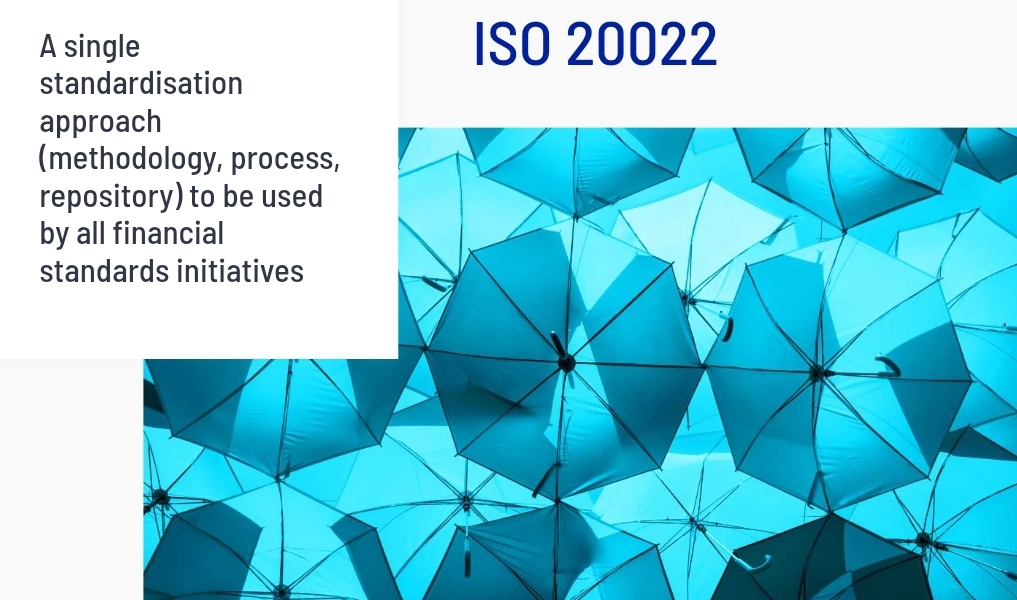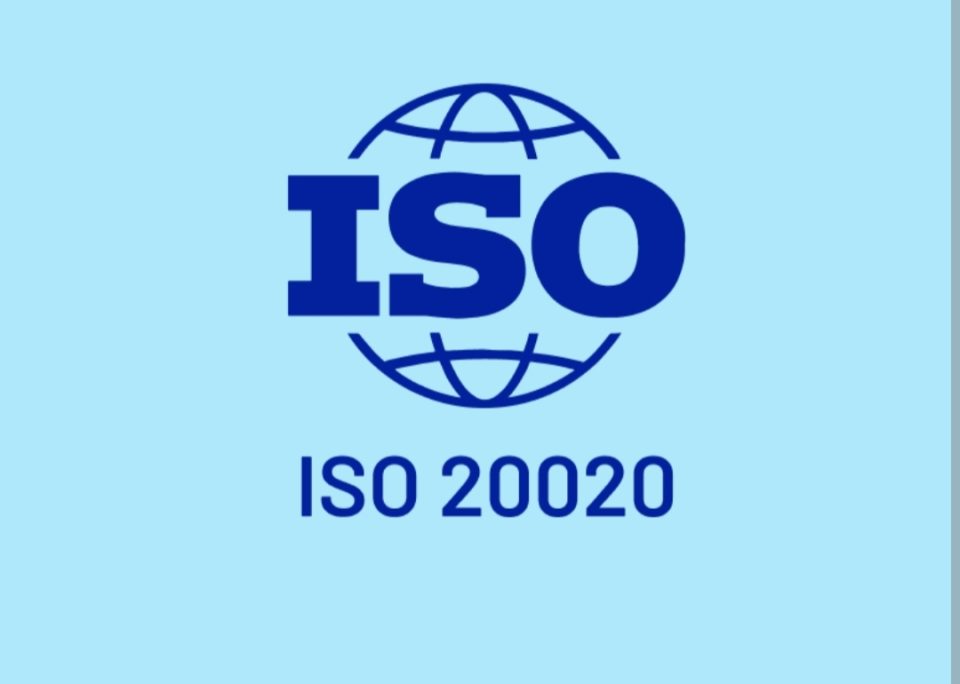The payments landscape transforms rapidly as institutions embrace ISO 20022 standards. Moreover, customers increasingly expect seamless, transparent transaction experiences. Consequently, banks face mounting pressure to deliver superior service while managing complex regulatory transitions.
The Customer Experience Imperative
Today’s payment customers demand more than basic transaction processing. Furthermore, they expect real-time visibility into their cross-border transfers. Additionally, businesses require detailed transaction data for compliance and reconciliation purposes. Therefore, financial institutions must balance operational efficiency with enhanced customer satisfaction.
Swift’s coexistence period demonstrates remarkable industry momentum. Indeed, over 40% of daily traffic now utilizes ISO 20022 format messaging. Meanwhile, institutions actively discover how structured data improves customer interactions. Subsequently, early adopters report significant improvements in customer satisfaction scores.
Transitioning Beyond Technical Compliance
Initially, many institutions viewed ISO 20022 as merely a technical requirement. However, forward-thinking organizations recognize its customer experience potential. Specifically, richer data enables personalized service delivery and proactive communication. Thus, the standard becomes a competitive differentiator rather than regulatory burden.
Jerome Piens, Swift’s Chief Product Officer, emphasizes community support throughout this transition. “Swift continues working closely with the community to ensure smooth transition,” he states. “We’re committed to supporting our community to maximize ISO 20022 benefits.”
This collaborative approach directly benefits end customers. Essentially, when institutions receive better technical support, they deliver improved customer experiences. Consequently, the entire payments ecosystem strengthens while maintaining service quality.
Data Quality: The Foundation of Superior CX
Swift’s new Data Quality Analytics tool exemplifies customer-centric innovation. Specifically, this solution enables institutions to measure, analyze, and optimize transaction data quality. Therefore, customers receive more accurate, detailed information about their payments.
Poor data quality traditionally created customer frustration through delayed transactions and unclear status updates. Conversely, ISO 20022’s structured format eliminates many common data errors. Subsequently, customers experience fewer payment delays and receive clearer transaction confirmations.
Banks utilizing these analytics report decreased customer service inquiries regarding payment status. Additionally, they observe improved first-call resolution rates for payment-related issues. Thus, both operational efficiency and customer satisfaction improve simultaneously.
Enhanced Transparency Drives Customer Trust
Cross-border payments historically suffered from opacity that frustrated customers. However, ISO 20022’s rich data structure enables unprecedented transaction transparency. Consequently, customers gain visibility into payment routing, fees, and processing timelines.
This transparency transformation particularly benefits business customers managing complex international operations. Specifically, they can now access detailed remittance information and regulatory compliance data. Therefore, their internal reconciliation processes become more efficient and accurate.
Furthermore, enhanced transparency reduces customer anxiety about payment status. Previously, customers often contacted banks repeatedly seeking transaction updates. Now, they receive proactive notifications with comprehensive payment details. Hence, customer confidence in cross-border payments increases significantly.
Operational Excellence Through Structured Data
ISO 20022 adoption fundamentally changes how institutions process payment exceptions. Traditionally, unstructured data required manual intervention and customer callbacks. However, structured formatting enables automated exception handling and resolution.
This operational improvement directly impacts customer experience metrics. Specifically, payment processing times decrease while accuracy increases. Additionally, customers receive faster resolution of payment issues and clearer communication about any delays.
Banks implementing ISO 20022 report measurable improvements in key performance indicators. Moreover, they observe reduced complaint volumes and higher customer retention rates. Thus, the standard delivers tangible business value beyond regulatory compliance.
Strategic Implementation for Maximum CX Impact
Successful ISO 20022 adoption requires strategic customer experience planning. Initially, institutions must identify high-impact customer touchpoints for improvement. Subsequently, they should prioritize enhancements that deliver immediate value to customers.
Training programs become crucial for customer-facing teams during this transition. Specifically, staff must understand how enhanced data capabilities improve service delivery. Therefore, comprehensive training ensures consistent customer communication about new features and benefits.
Additionally, institutions should develop customer communication strategies explaining ISO 20022 advantages. Consequently, customers understand why changes occur and how they benefit from improved payment experiences.
Future-Proofing Through Innovation
Swift’s ecosystem support extends beyond basic compliance assistance. Indeed, the organization actively develops tools that enhance customer experience outcomes. Furthermore, ongoing innovation ensures institutions maximize their ISO 20022 investments.
The 75% adoption rate for Payments Market Infrastructure traffic demonstrates strong industry momentum. Meanwhile, daily message volumes exceeding 1.8 million across 180+ countries prove the standard’s global acceptance. Therefore, customers worldwide benefit from improved payment experiences.
Looking ahead, ISO 20022‘s extensible framework enables future innovations in customer experience. Specifically, emerging technologies like artificial intelligence and machine learning can leverage structured data for predictive analytics. Thus, institutions can anticipate customer needs and deliver proactive service.

Conclusion: A Customer-Centric Transformation
ISO 20022 adoption represents more than regulatory compliance—it enables fundamental customer experience transformation. Indeed, structured data becomes the foundation for superior service delivery and operational excellence. Moreover, institutions embracing this perspective gain competitive advantages in customer satisfaction and retention.
Swift’s commitment to community support ensures no institution faces this transition alone. Therefore, customers benefit from industry-wide improvements in payment processing and service quality. Ultimately, ISO 20022 delivers on its promise of enhanced customer experiences through better data, improved transparency, and operational efficiency.
The coexistence period’s success demonstrates the industry’s readiness for this transformation. Consequently, the final transition phase represents an opportunity for institutions to cement their customer experience leadership. Hence, those investing in comprehensive ISO 20022 implementation will likely see sustained improvements in customer satisfaction and business performance.

